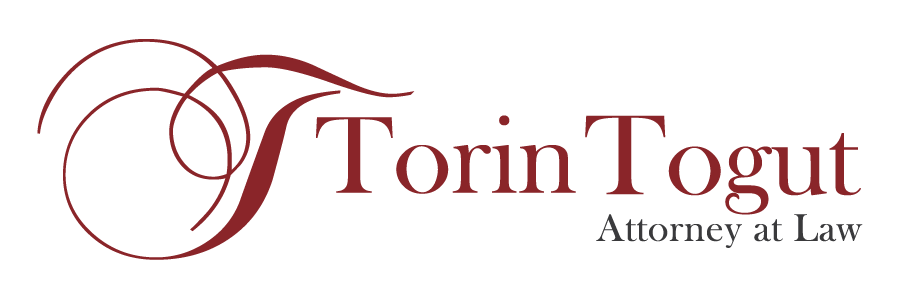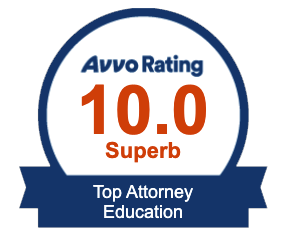In my last post, I discussed transition services and plans for children with disabilities who are at least fourteen years old. Sometimes parents think of transition as when their child moves from elementary school to middle school, or middle school to high school. I believe that transition of a student from elementary school to middle, or from middle school to high school is a different type of transition that certainly should be discussed during the spring before the student moves to a new school. No doubt, parents should plan for their child’s transition to any other school. A new school will present varying challenges for the student, especially if the student has problems generalizing from one environment to another. A new school can be physically challenging for the student. A new school can be challenging to the sensory deficits of the student. A new school presents social challenges for the student. All of these issues can be addressed at the annual IEP meeting in the spring. The school system should invite teachers and the administrator from the new school to facilitate transition for the new school year beginning in August.
The transition services and plans for a child with a disability, however, are only for a child that will be transitioning from high school to post-secondary activities. This may included, but is not limited to, a four-year college, two-year college, vocational program or school, employment, independent living, self-help skills, recreation skills, social skills, and other skills that will be necessary for the child to move into post-secondary activities. In overall goal is to prepare the child to move smoothly from high school to post-secondary activities. The operative word is “smooth.” In other words, you do not want to wait until your child is almost ready to graduate from high school (e.g. last six months of school) to secure all of the appropriate services, instruction and programming your child will need when he graduates high school. Transition planning and services should begin long before your child graduates high school. Of course, the age at which your child graduates from high school will vary depending the child’s individual needs. For instance, a child with a severe intellectually disability or severe autism may need to be remain longer in high school to work on their goals and objectives to graduate than a child with a disability who is likely to graduate with their high school class and has secured the required number of Carnegie units to graduate with his peers, or otherwise qualifies under Georgia law for graduation. Children with disabilities can remain in high school until age 22 years of age. This means on the date the child turns age 22 years old the graduate must leave school. But until this time, a child with a disability can continue to be served under an IEP and receive special education and related services. It is likely only a handful of students will remain in high school until age 22 years old. In general, some of these students are likely to transition to independent living homes with close adult supervision while other students will live with parents and/or other family members. This is why it is so crucial to prepare for transition from high school to post-secondary school activities. For the child to living in an independent living setting and community-based program, it usually takes enormous effort by the parents, family members, community members, social services agencies, prospective employers, vocational employment services, and other potential stakeholders to coordinate the supports, services and programs the child may receive or be eligible to receive after leaving high school. One of those services is employment.
The school system should conduct a functional vocational assessment no later than the child’s sixteenth birthday. The purpose of this assessment, in part, is to determine the child’s interests, preferences, pre-vocational needs, and functional vocational needs. A child’s IEP, when appropriate, should reflect goals and objectives to achieve pre-vocational skills. Pre-vocational skills may be things like punctuality, following directions from adults, social skills to interact with co-workers, learning routines, and developing other skills that will enhance the child’s ability to gain gainful employment in the later years in high school and after graduation. For some students with disabilities, gainful employment may mean unskilled labor or minimum wage jobs. It is no surprise that students with disabilities are underemployed, receive low wages, and as a result have a lower social economic standard of life. Many students with disabilities have difficulty securing gainful employment. This is why there should be more emphasis on developing a transition plan and services for the student to learn vocational skills to become gainfully employed. Some students with more severe disabilities end up in sheltered workshops performing perfunctory unskilled labor tasks. Other higher functioning students with disabilities are able to benefit from supported employment and can engage in more skilled labor with the assistance of a job coach.
The Department of Vocational Rehabilitation is responsible for assessing a child with a disability and determining their eligibility for vocational services as early as age sixteen years old or entering ninth grade. Sometimes I have attended IEP meetings where it is announced by a school official or representative from the Department of Vocational Rehabilitation that the child is not eligible for services until twelve grade. This is not correct. You should strongly advocate for your child to be evaluated for vocational education no later than age sixteen years old or entering ninth grade. You should insure that you child is receiving pre-vocational skills through his IEP no later than age sixteen years old or entering ninth grade. To wait until twelve grade to do this is too late. Employment is such an important value of our society. Working gives us self-esteem, structure, support and income to sustain ourselves. This is no different from a child with a disability. We want all students with disabilities to be gainfully employed and lead productive lives in the community. I will say more about this and other issues concerning transition services and plans in the next post.

